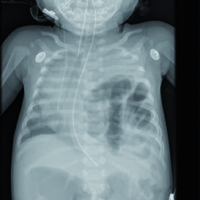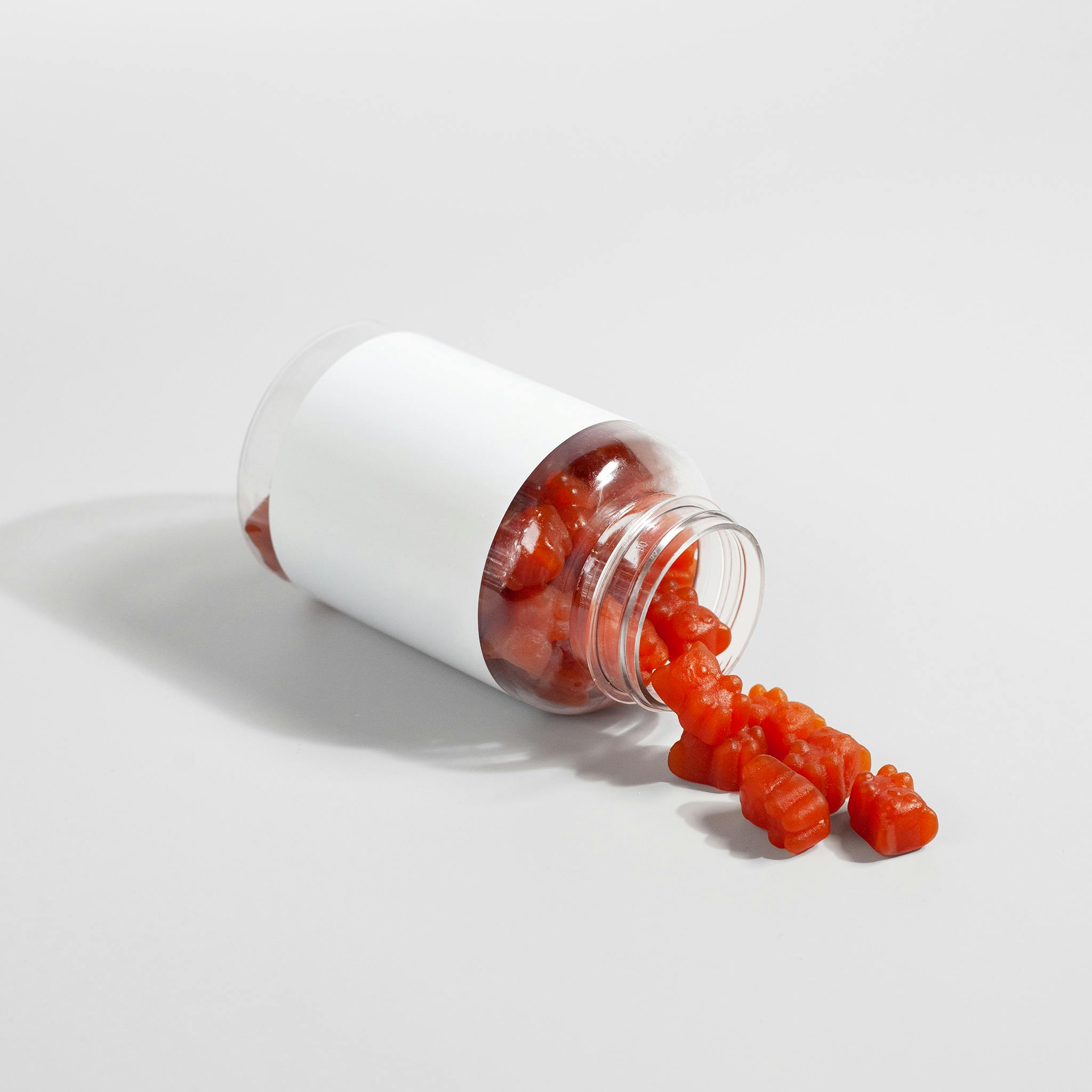Recurrent congenital diaphragmatic hernia: A single center experience

Published: February 22 2021
Abstract Views: 6595
PDF: 741
HTML: 312
HTML: 312
Publisher's note
All claims expressed in this article are solely those of the authors and do not necessarily represent those of their affiliated organizations, or those of the publisher, the editors and the reviewers. Any product that may be evaluated in this article or claim that may be made by its manufacturer is not guaranteed or endorsed by the publisher.
All claims expressed in this article are solely those of the authors and do not necessarily represent those of their affiliated organizations, or those of the publisher, the editors and the reviewers. Any product that may be evaluated in this article or claim that may be made by its manufacturer is not guaranteed or endorsed by the publisher.
Similar Articles
- Mario Lima, Niel Di Salvo, Sara Ugolini, Michele Libri, Giovanni Ruggeri, Robot-assisted thoracoscopic repair of a late-onset Bochdalek hernia: a case report , La Pediatria Medica e Chirurgica: Vol. 40 No. 1 (2018)
- Mirko Bertozzi, Laura Marchesini, Simonetta Tesoro, Antonino Appignani, Laparoscopic herniorrhaphy in children , La Pediatria Medica e Chirurgica: Vol. 37 No. 2 (2015)
- Sara Ugolini, Chiara Oreglio, Karl Christian Walsh, Antonino Morabito, Follow-up study of three cases of congenital microgastria , La Pediatria Medica e Chirurgica: Vol. 45 No. 2 (2023)
- Salvatore Fabio Chiarenza, Lorenzo Costa, Maria Luisa Conighi, Elisa Zolpi, Lorella Fasoli, Giulia Brooks, Enrico La Pergola, Cosimo Bleve, GERD surgery in non-neurologic patients: Modified Laparoscopic Hill-Snow Repair is a valid alternative to Nissen fundoplication. Results of a 20 years of follow-up , La Pediatria Medica e Chirurgica: Vol. 45 No. 1 (2023)
- Salvatore Fabio Chiarenza, Maria Luisa Conighi, Andrea Conforti, Ciro Esposito, Maria Escolino, Fabio Beretta, Maurizio Cheli, Vincenzo Di Benedetto, Maria Grazia Scuderi, Giovanni Casadio, Maurizio Marzaro, Leon Francesco Fascetti, Claudio Vella, Cosimo Bleve, Daniela Codric, Paolo Caione, Pietro Bagolan, Guidelines of the Italian Society of Videosurgery in Infancy for the minimally invasive treatment of the esophageal atresia , La Pediatria Medica e Chirurgica: Vol. 39 No. 3 (2017)
- Luisella Pedrotti, Barbara Bertani, Gabriella Tuvo, Redento Mora, Luca Marin, Federica De Rosa, Achilles tendon surgery in clubfoot: Are long term sequelae predictable? , La Pediatria Medica e Chirurgica: Vol. 44 No. 1 (2022)
- Carmine Noviello, Alfonso Papparella, Mirko Bertozzi, Giovanna Riccipetitoni, Ilaria Cascone, Carmine Botta, Giulia Fusi, Veronica Vitali, Mercedes Romano, Abdominal lymphatic malformations in children: case series , La Pediatria Medica e Chirurgica: Vol. 47 No. 1 (2025)
- L. Costa, S.F. Chiarenza, S. D’Agostino, L. Musi, Gastric atresia, diaphragmatic hernia, and gastroesophageal reflux: a rare malformation requiring a multiple approach , La Pediatria Medica e Chirurgica: Vol. 34 No. 5 (2012)
- M. Gasparella, M. Ferro, M. Marzaro, C. Benetton, C. Zanatta, F. Zoppellaro, Acute abdomen in children: a continuous challenge. Two cases report: Meckel’s Diverticulum with Small Bowel Volvolus and Internal Herniation related to Epiploic Appendagitis mimicking acute appendicitis , La Pediatria Medica e Chirurgica: Vol. 36 No. 2 (2014)
- Elisa Cerchia, Carmine Noviello, Giovanni Torino, Edoardo Bindi, Francesca Mariscoli, Giovanni Cobellis, Thoracoscopic excision of asymptomatic antenatally diagnosed mediastinal bronchogenic cysts: A case report , La Pediatria Medica e Chirurgica: Vol. 43 No. 2 (2021)
1-10 of 71
Next
You may also start an advanced similarity search for this article.









